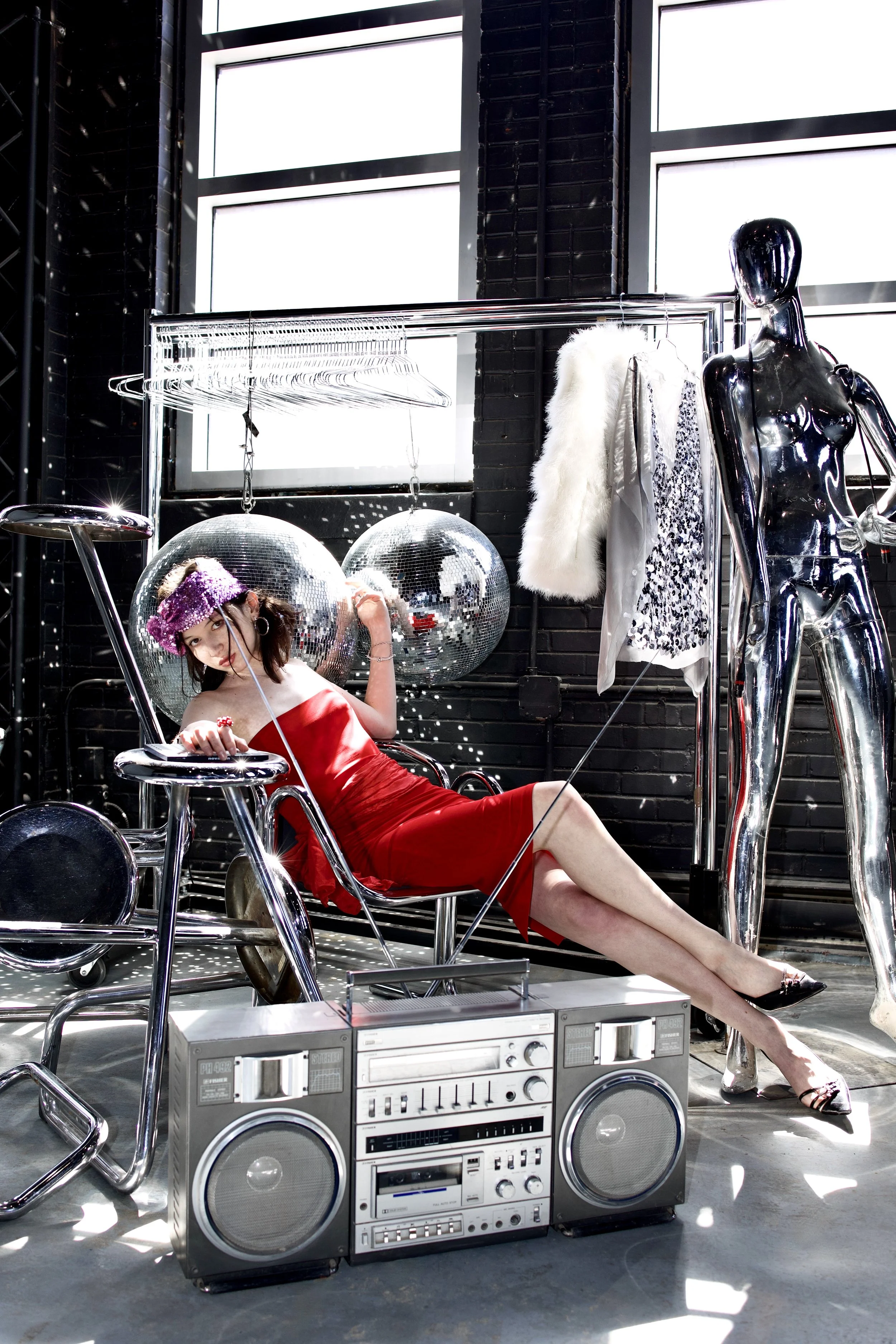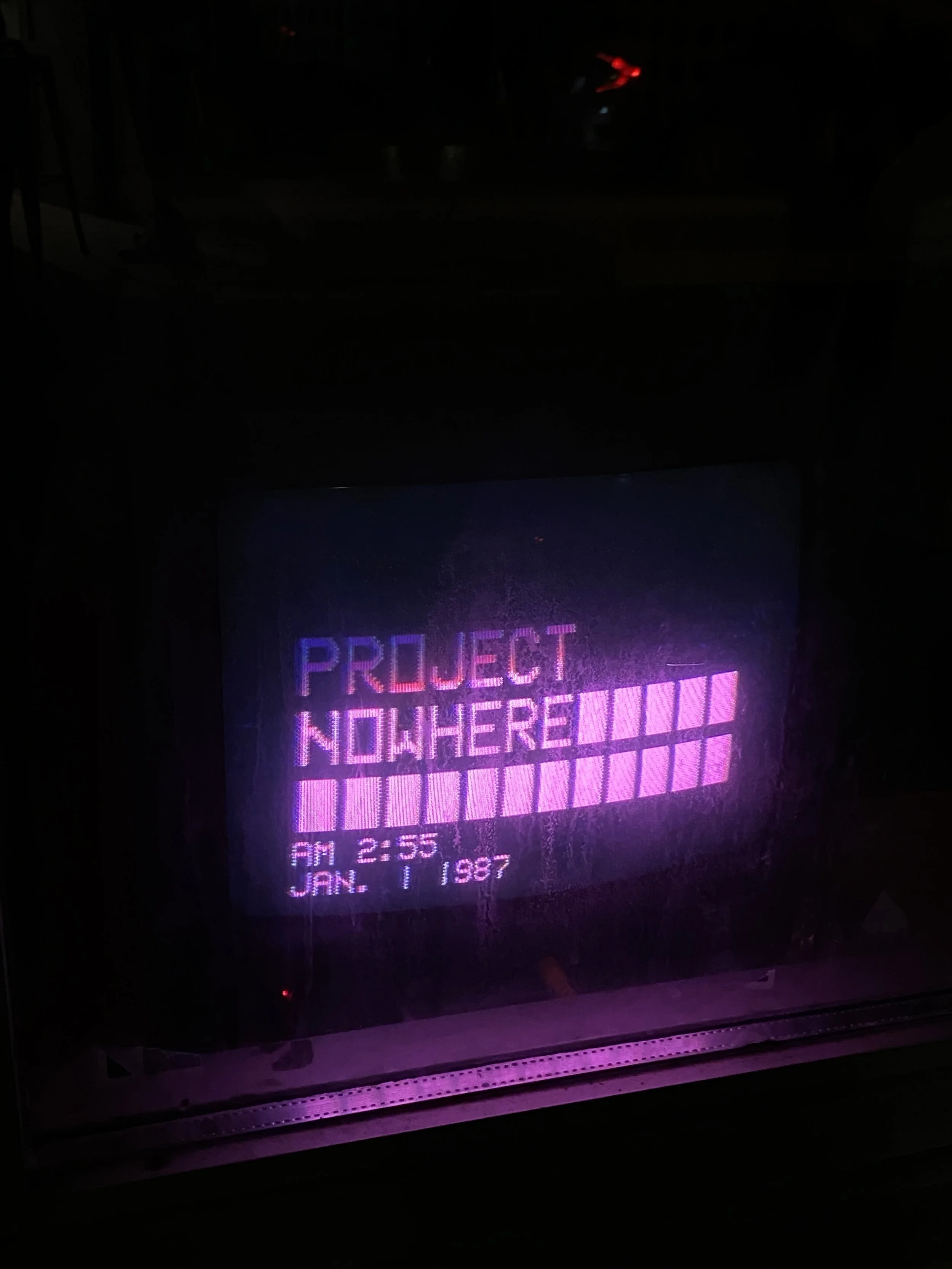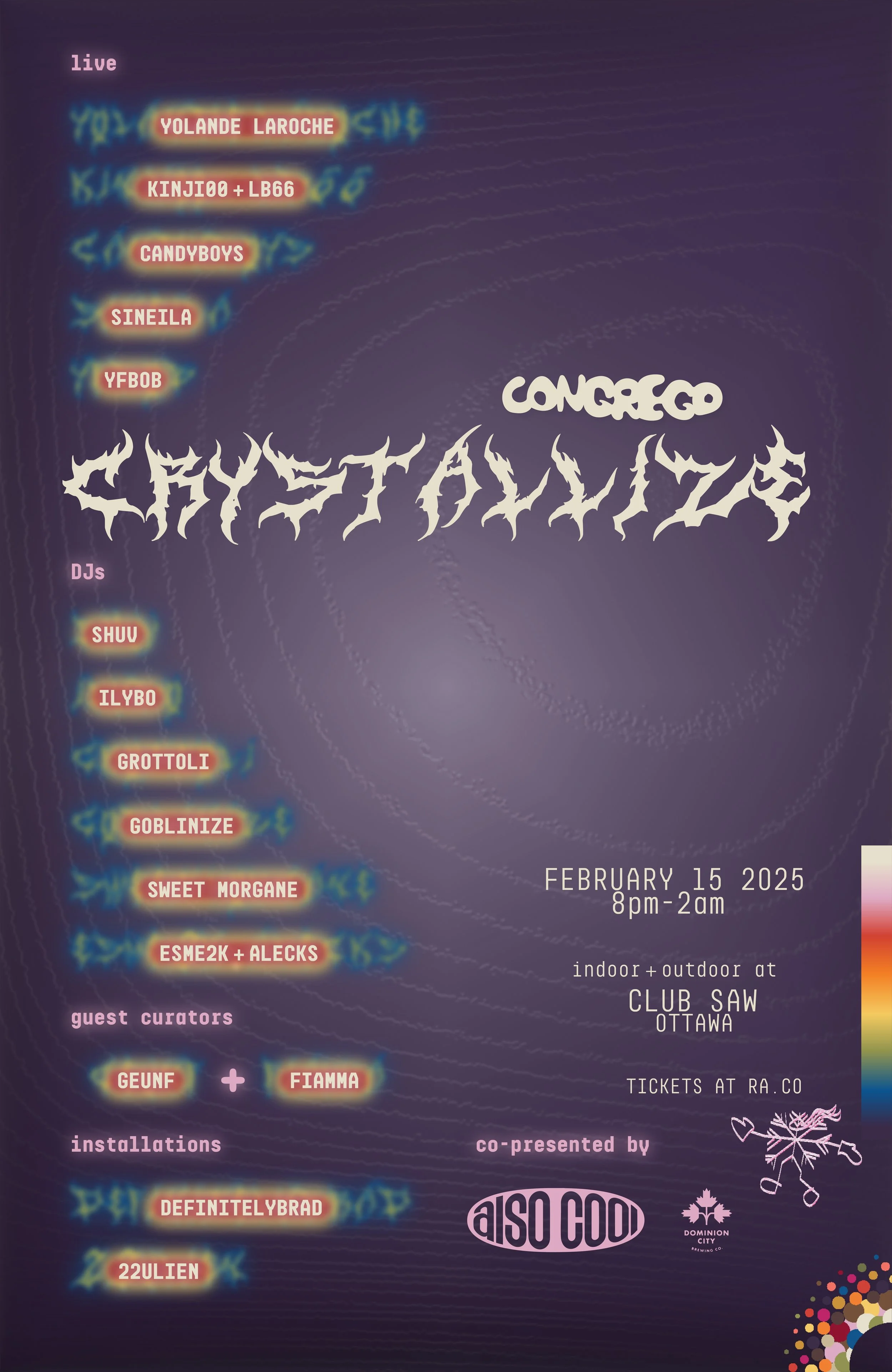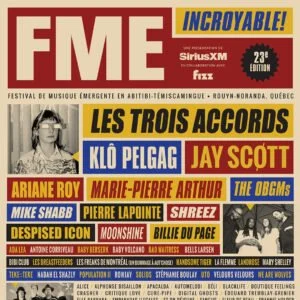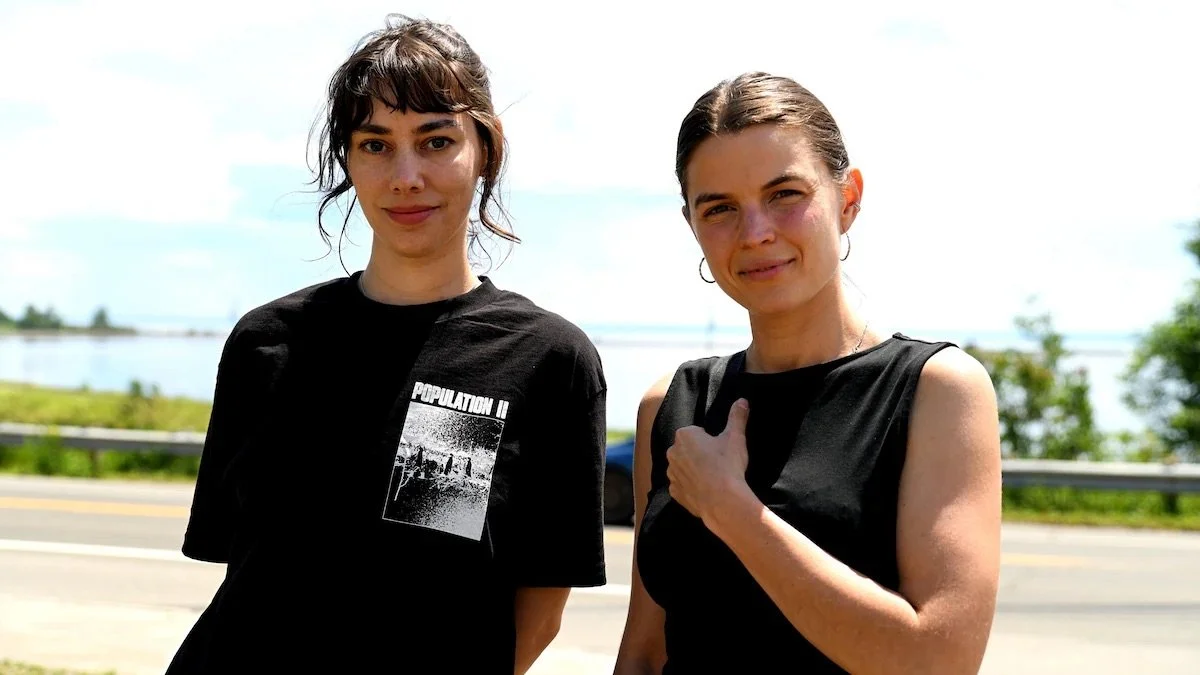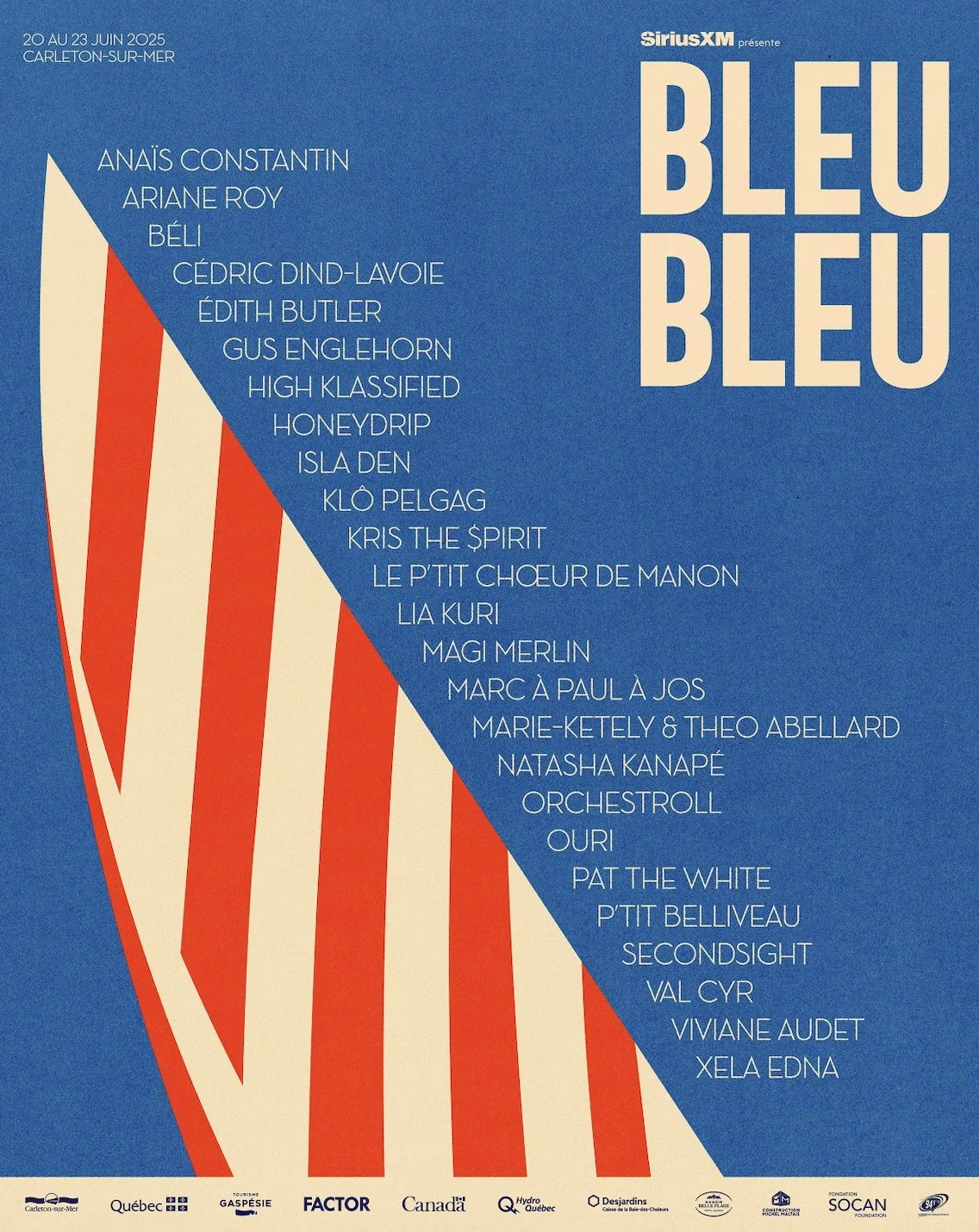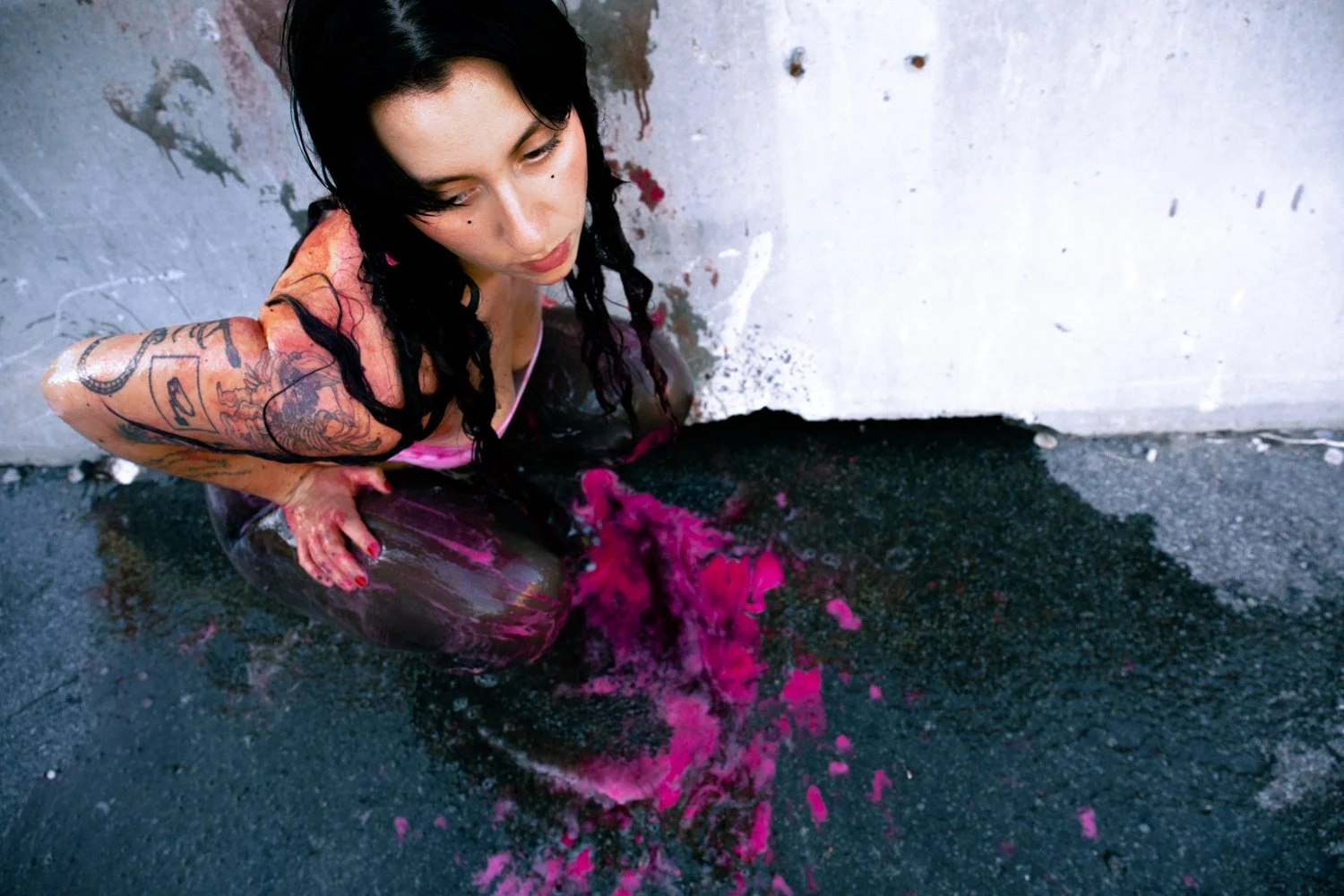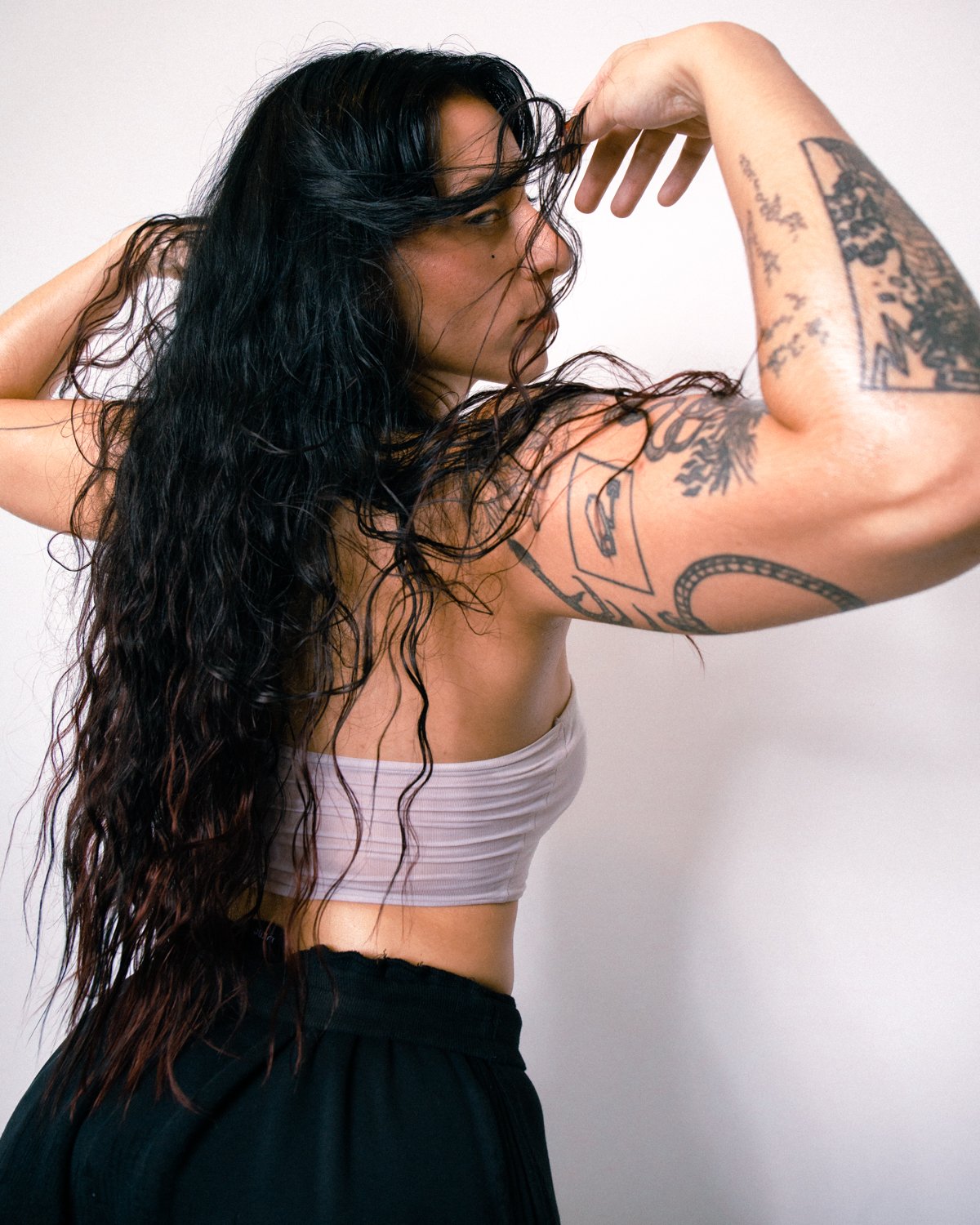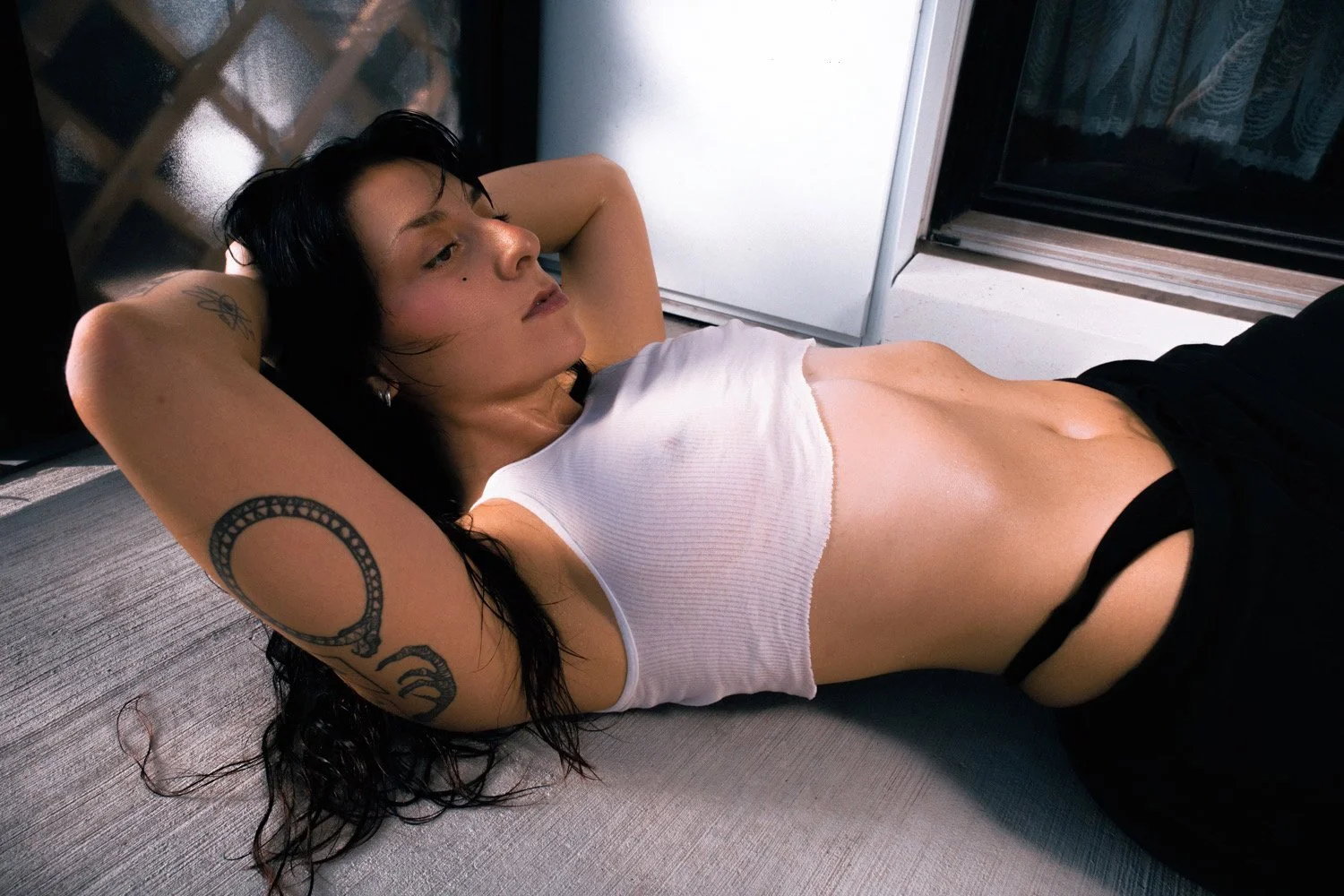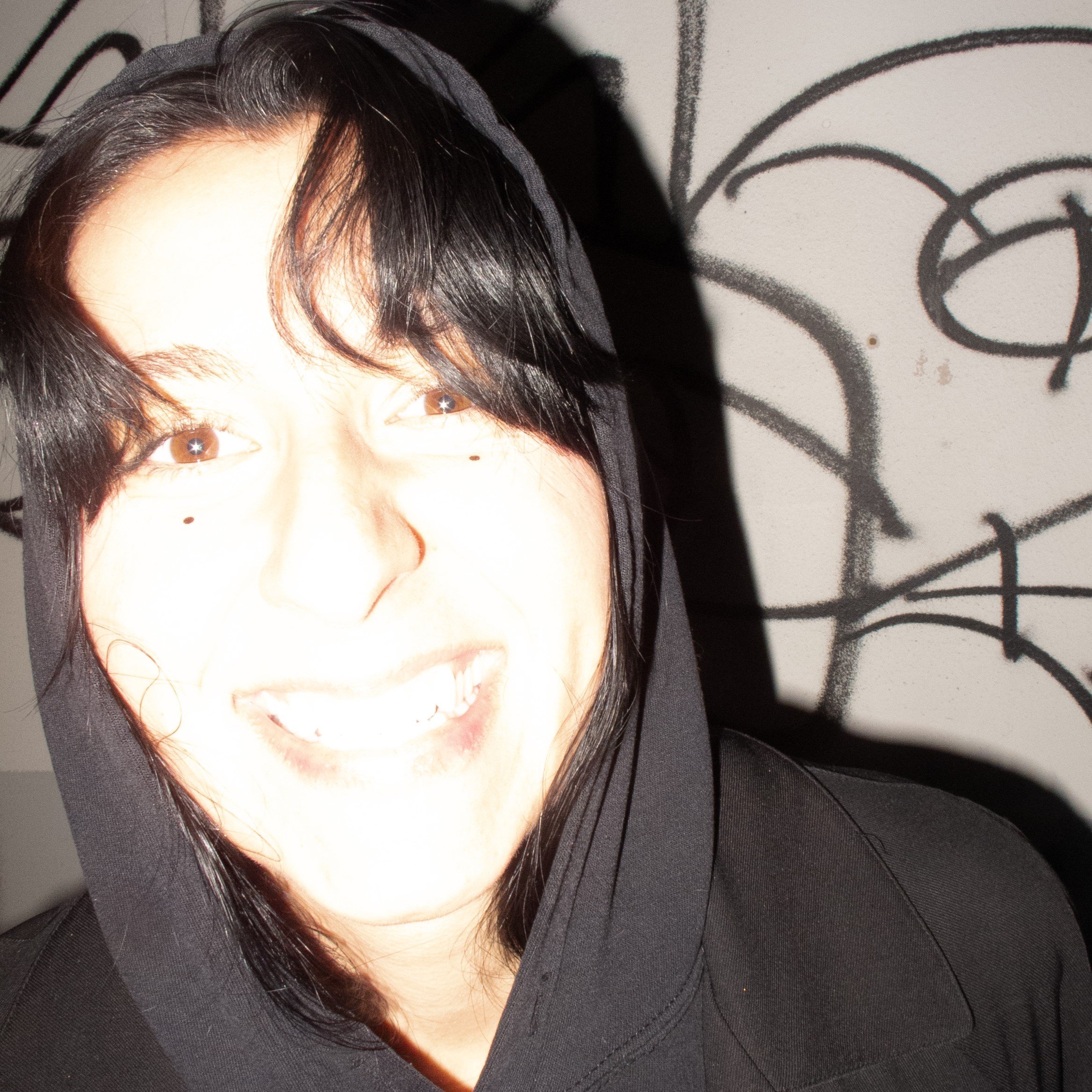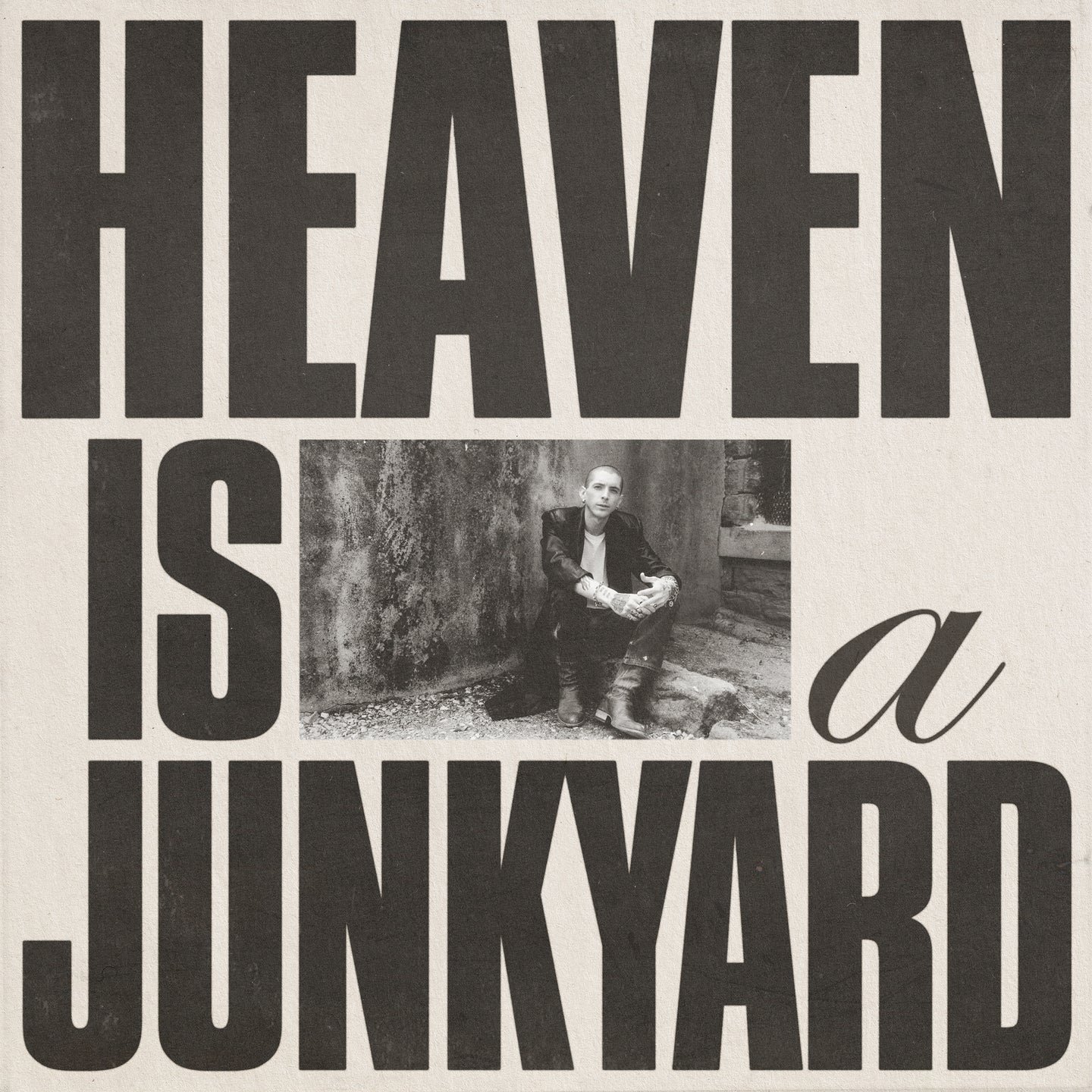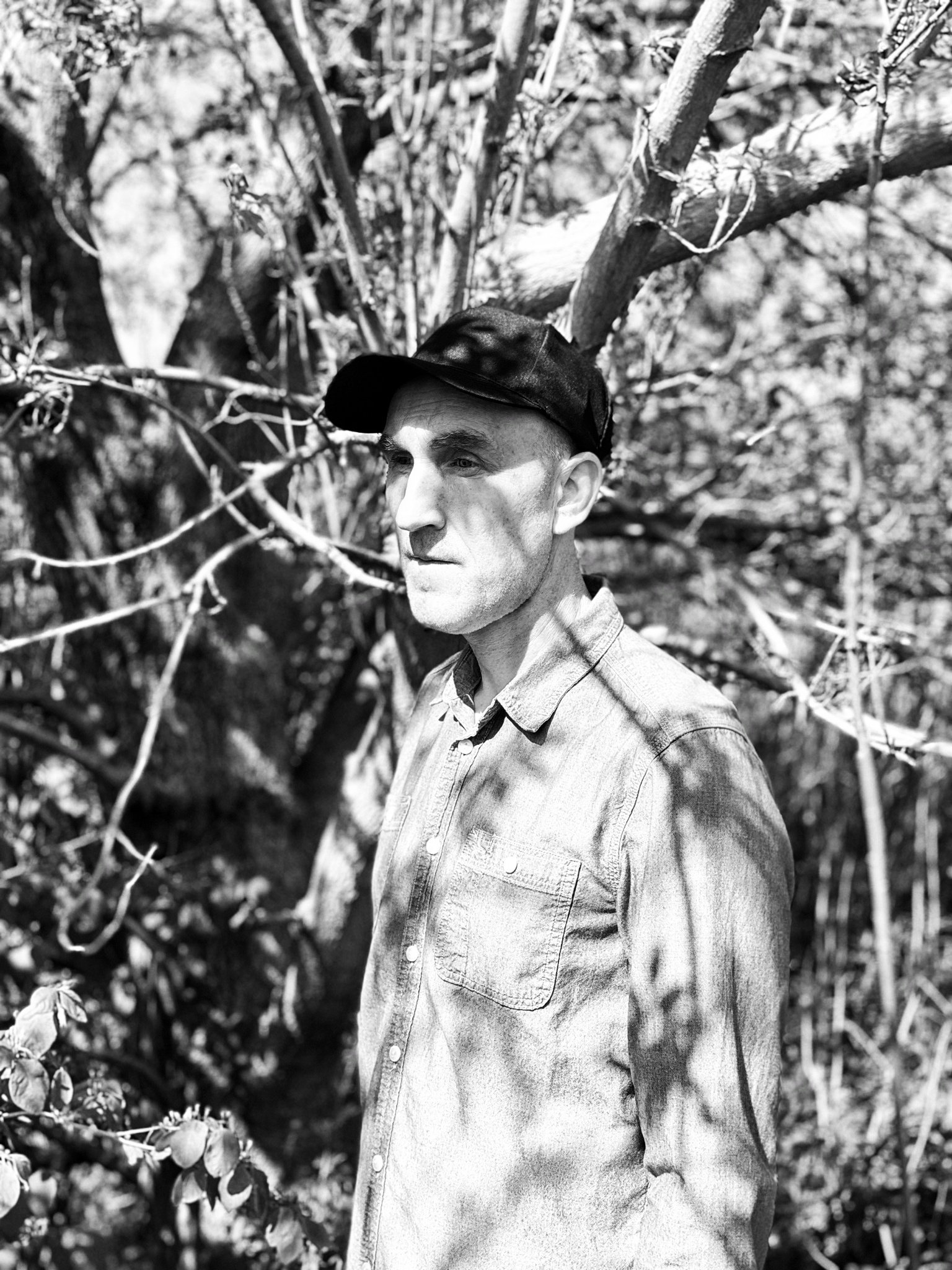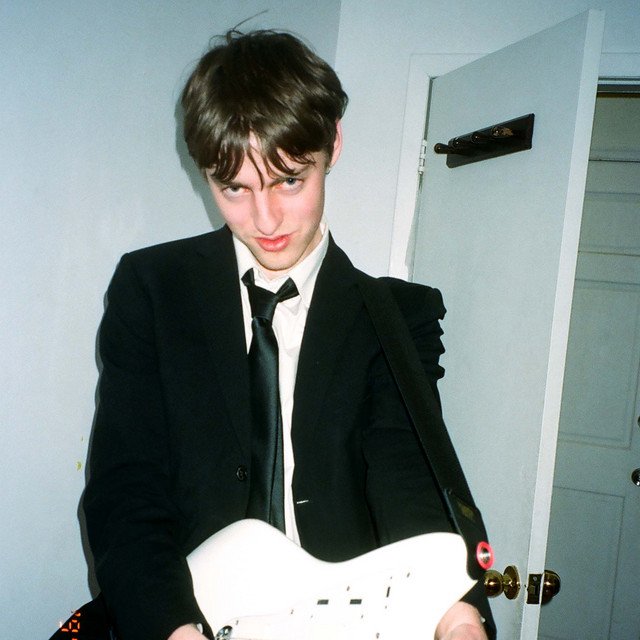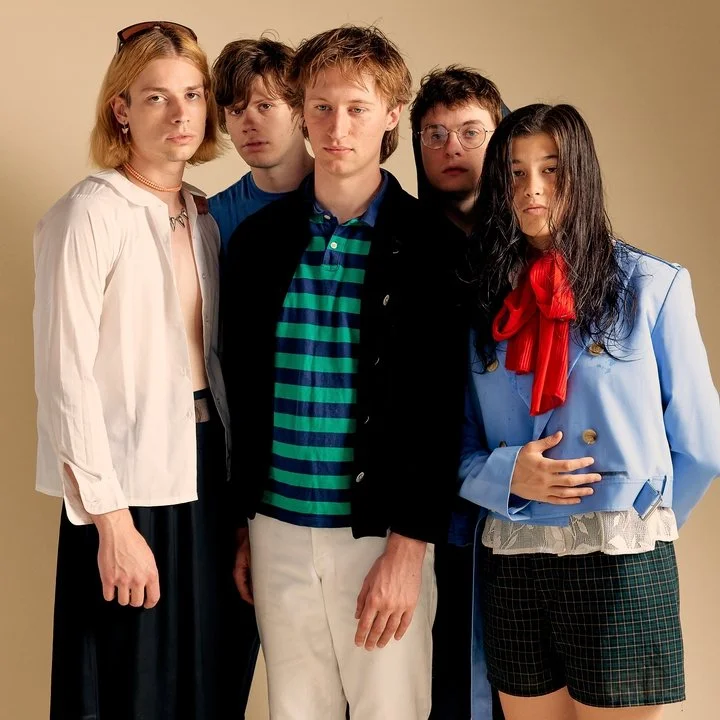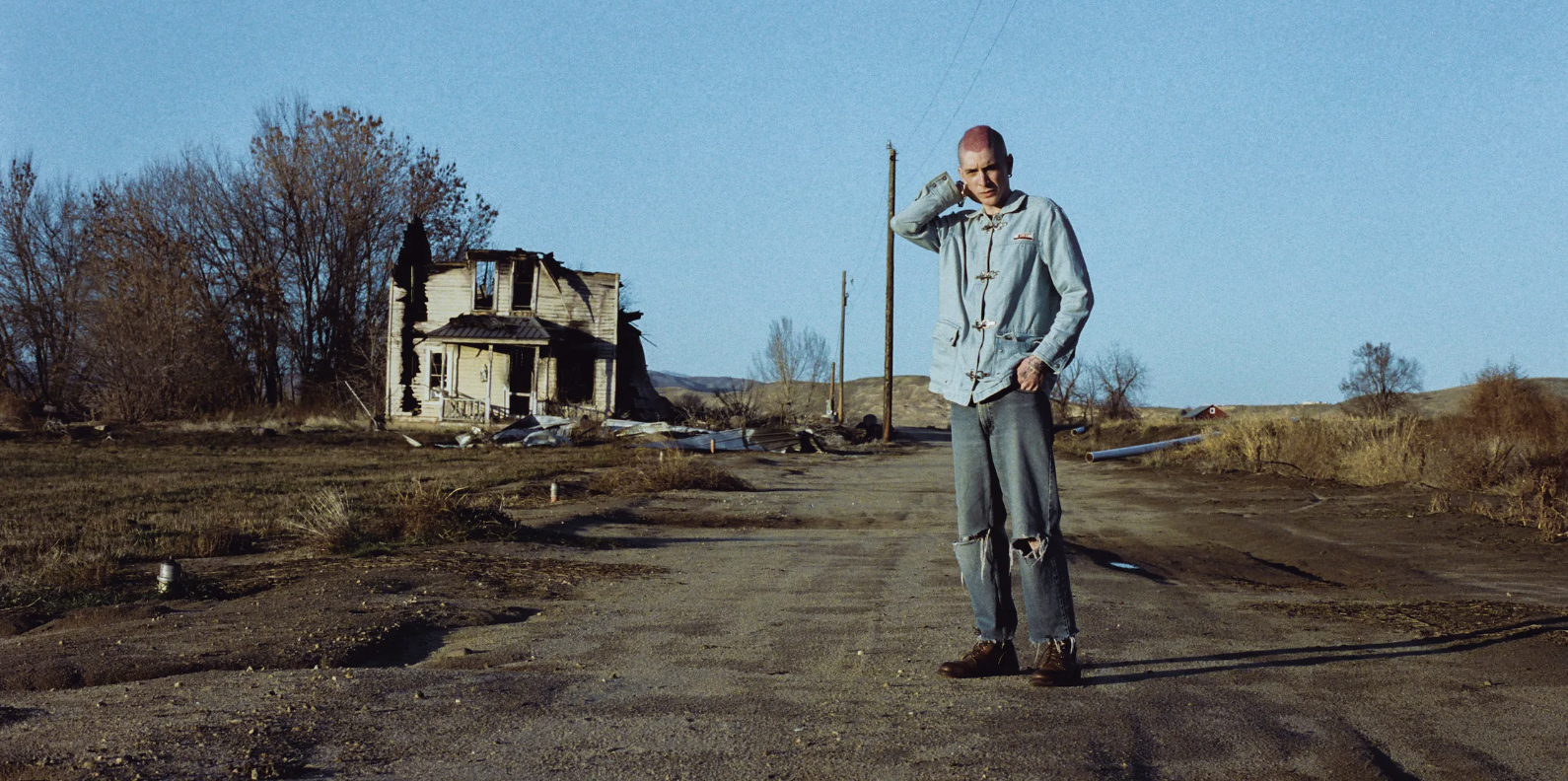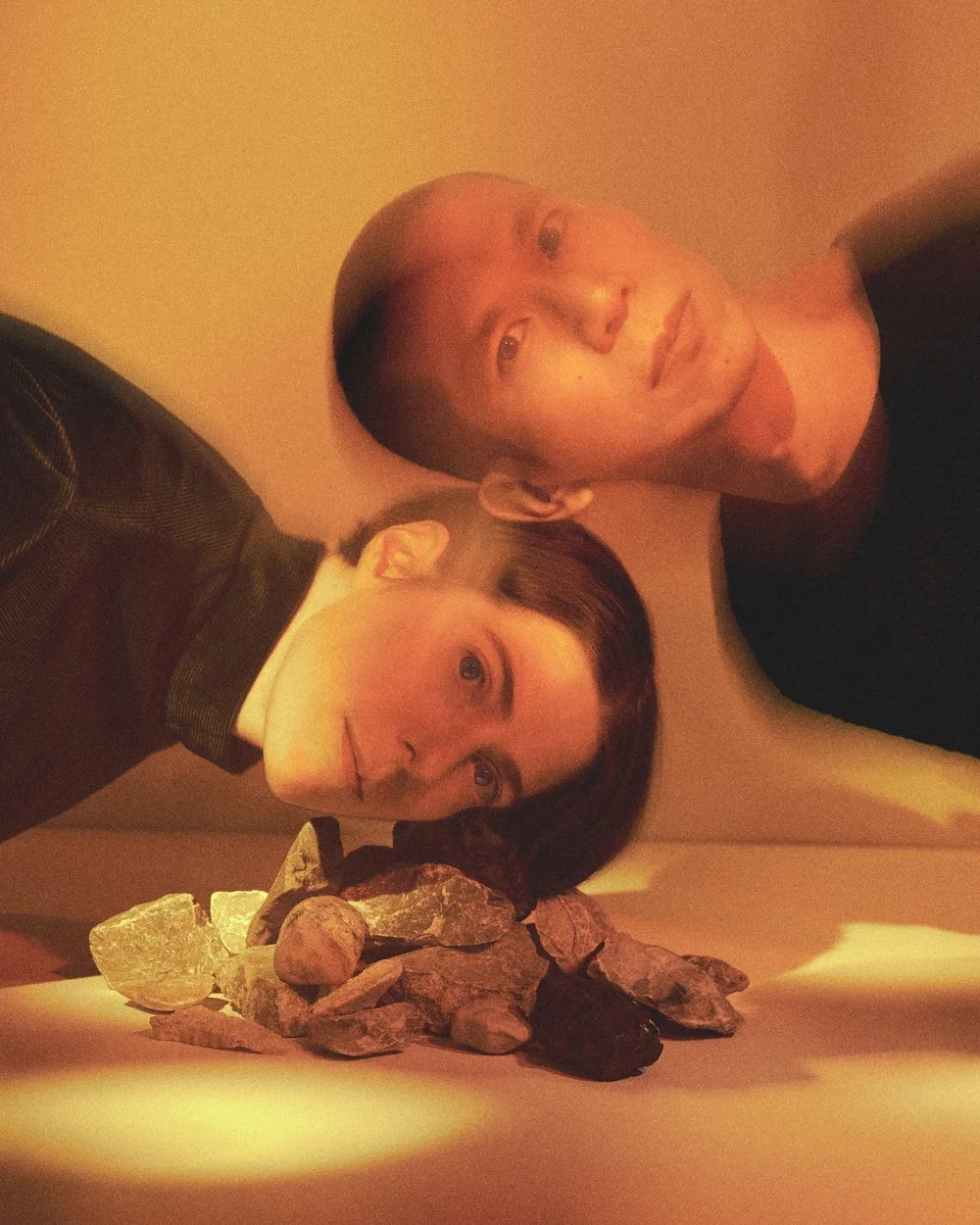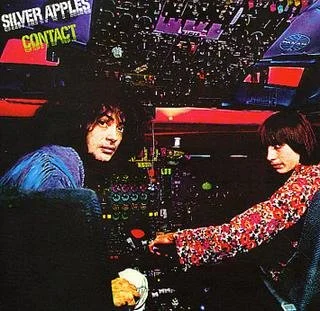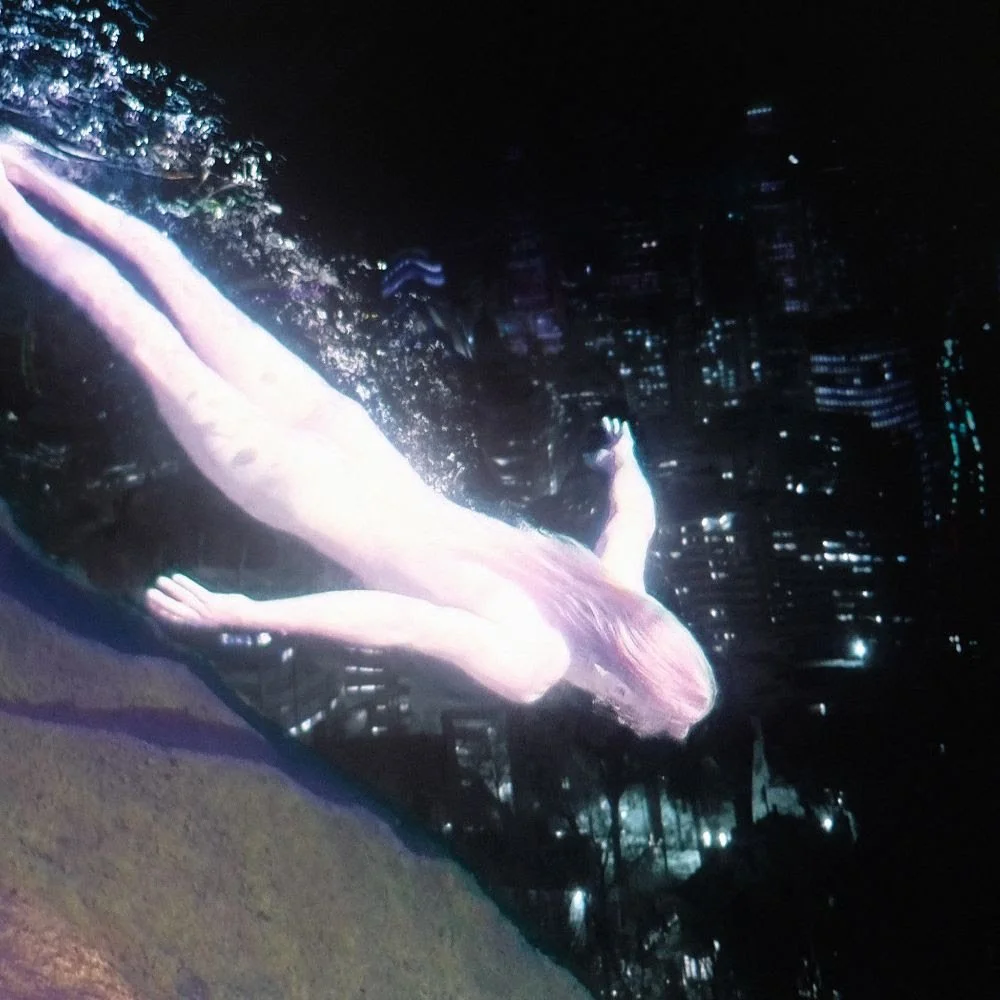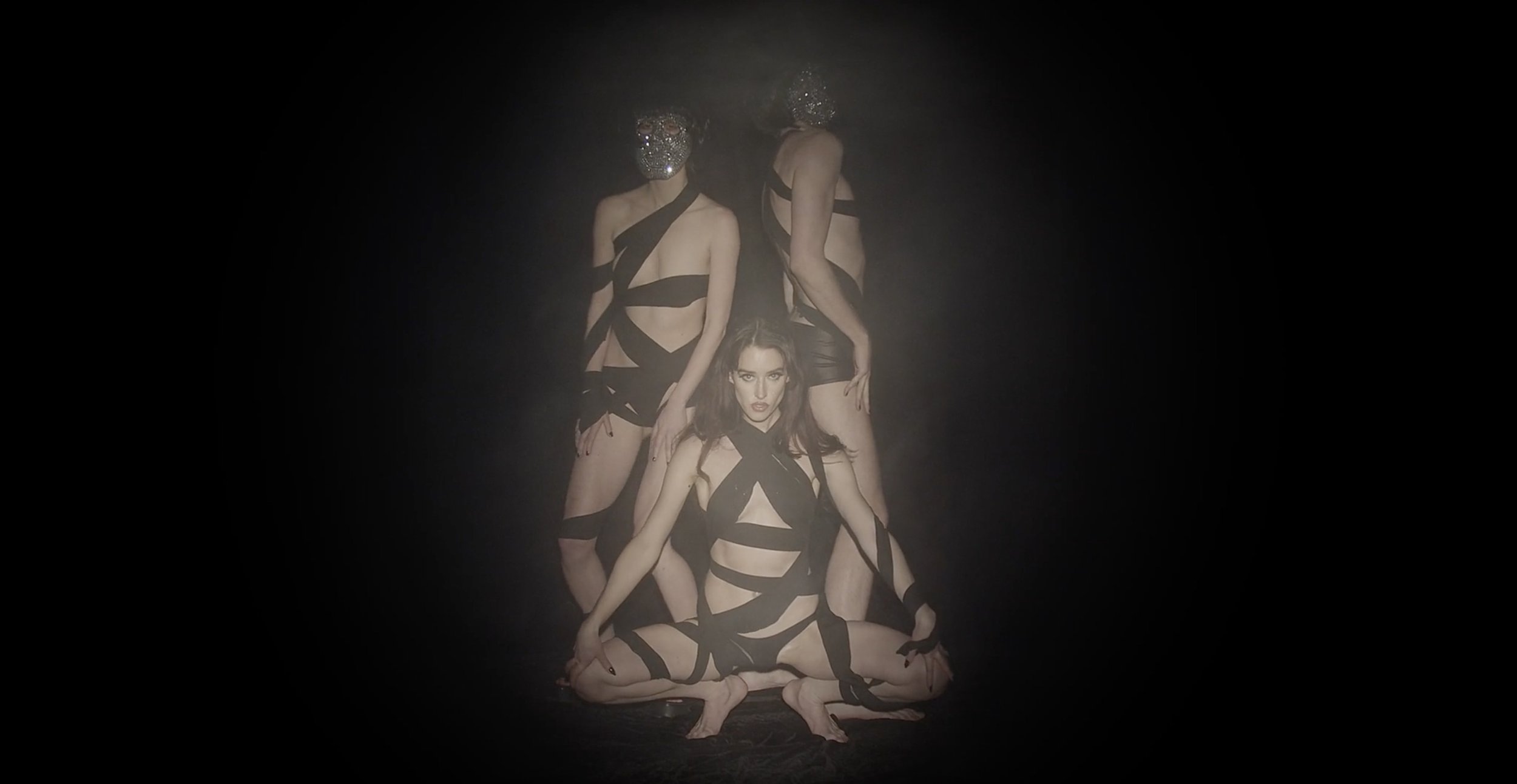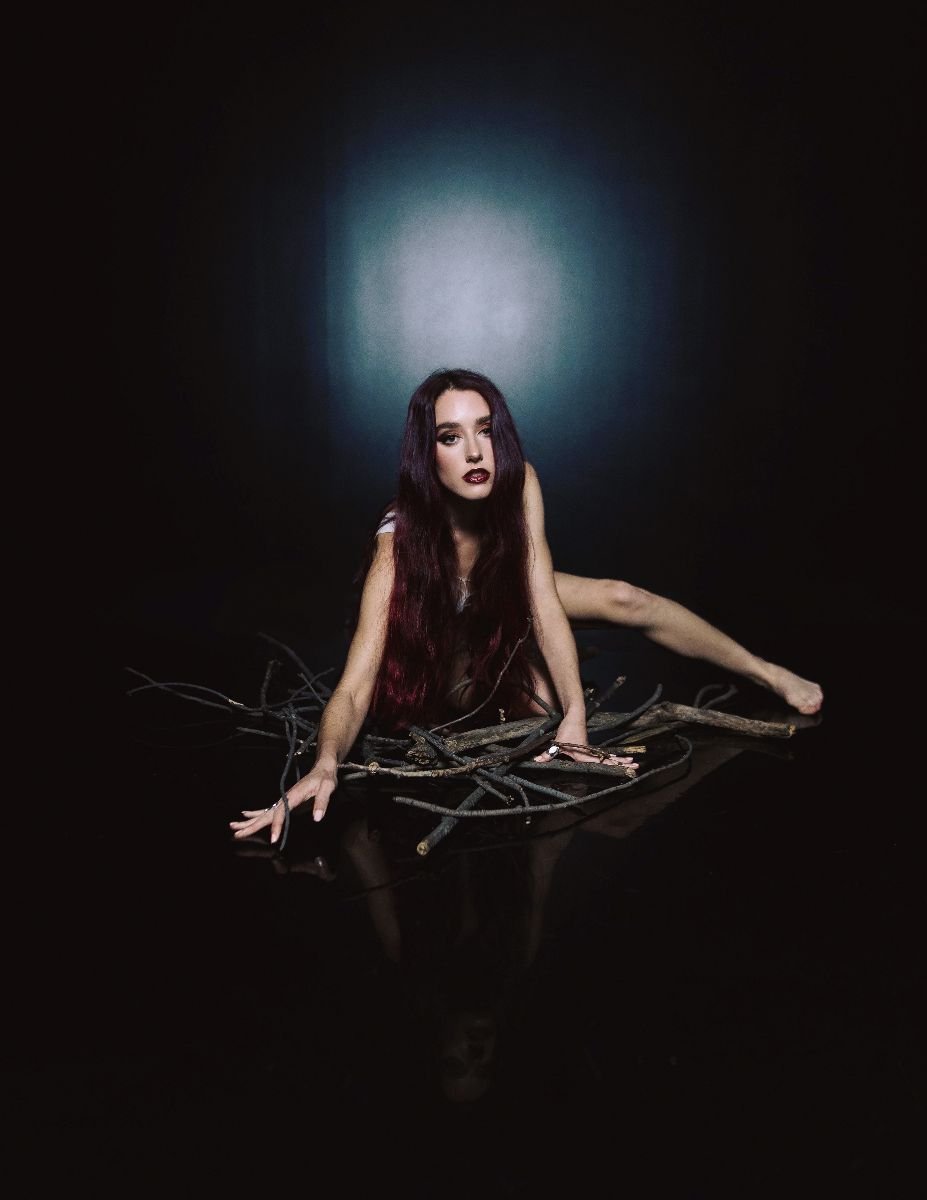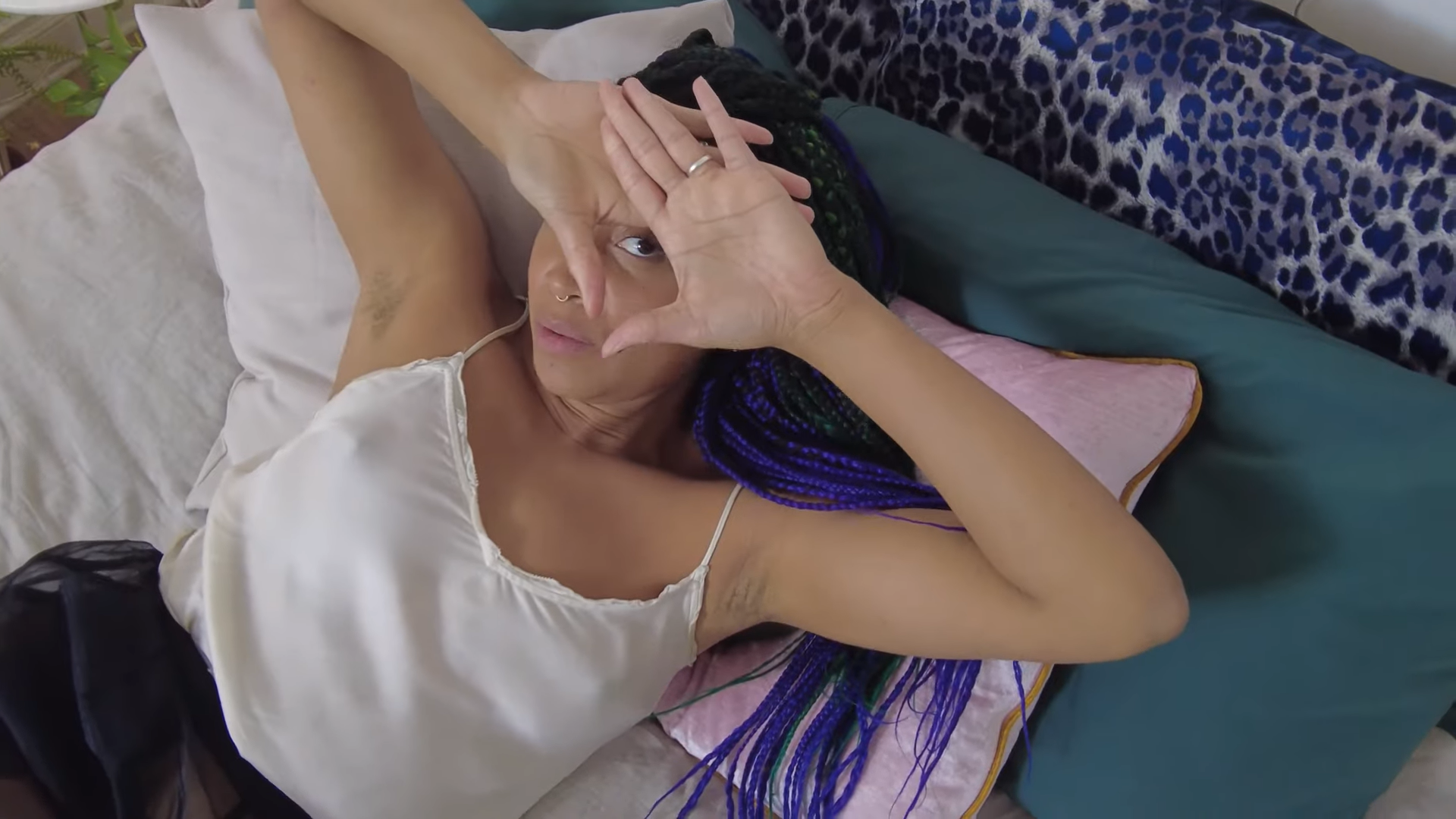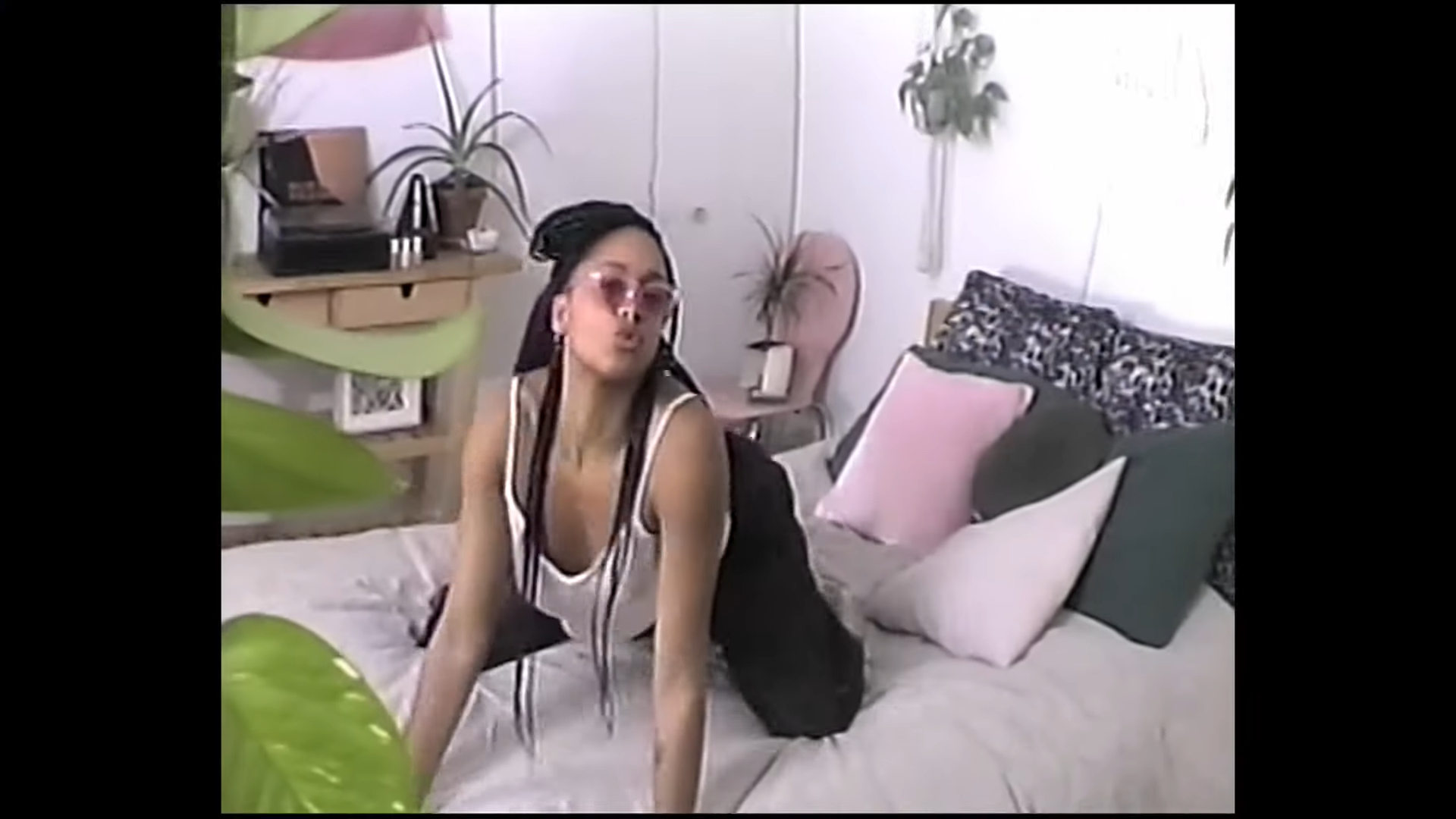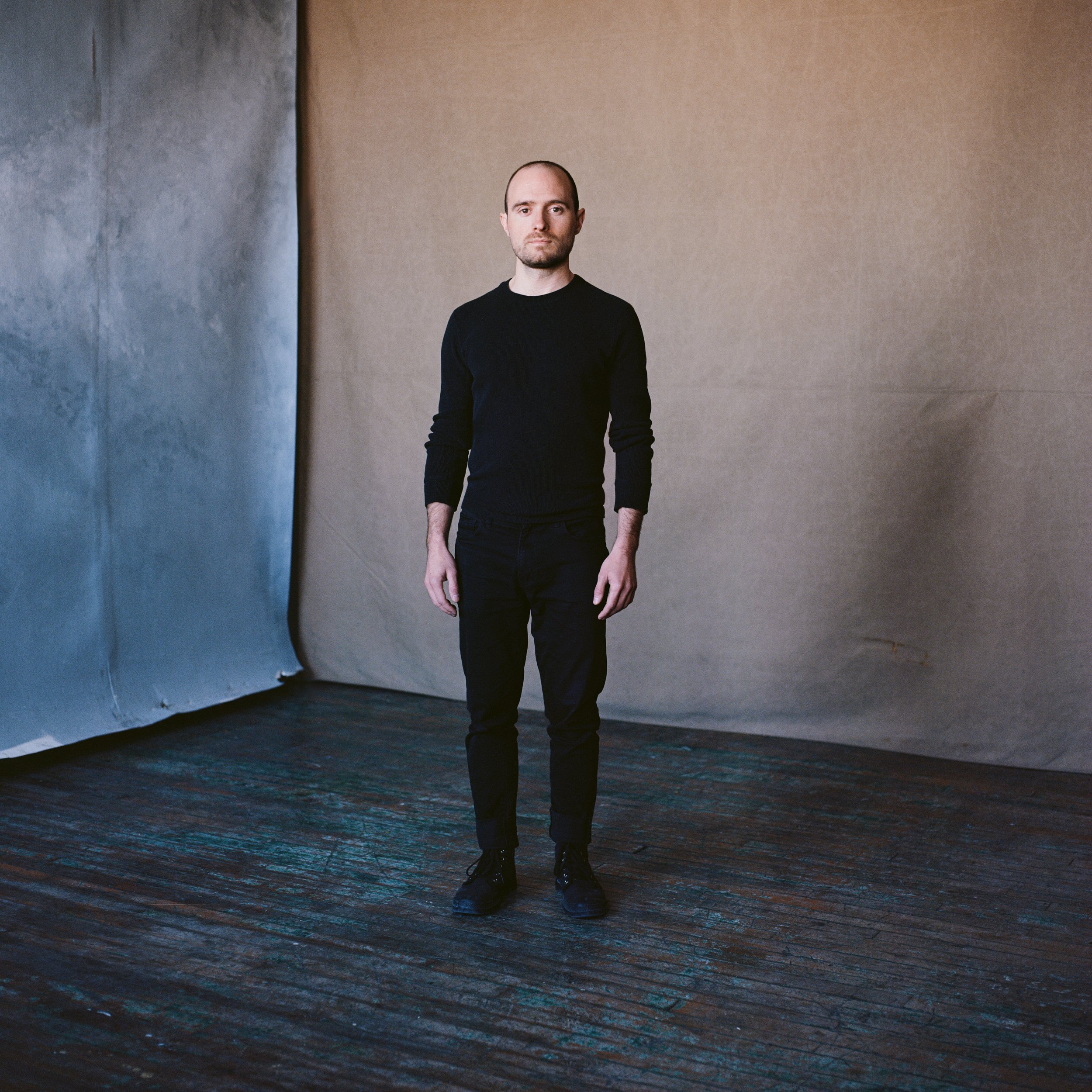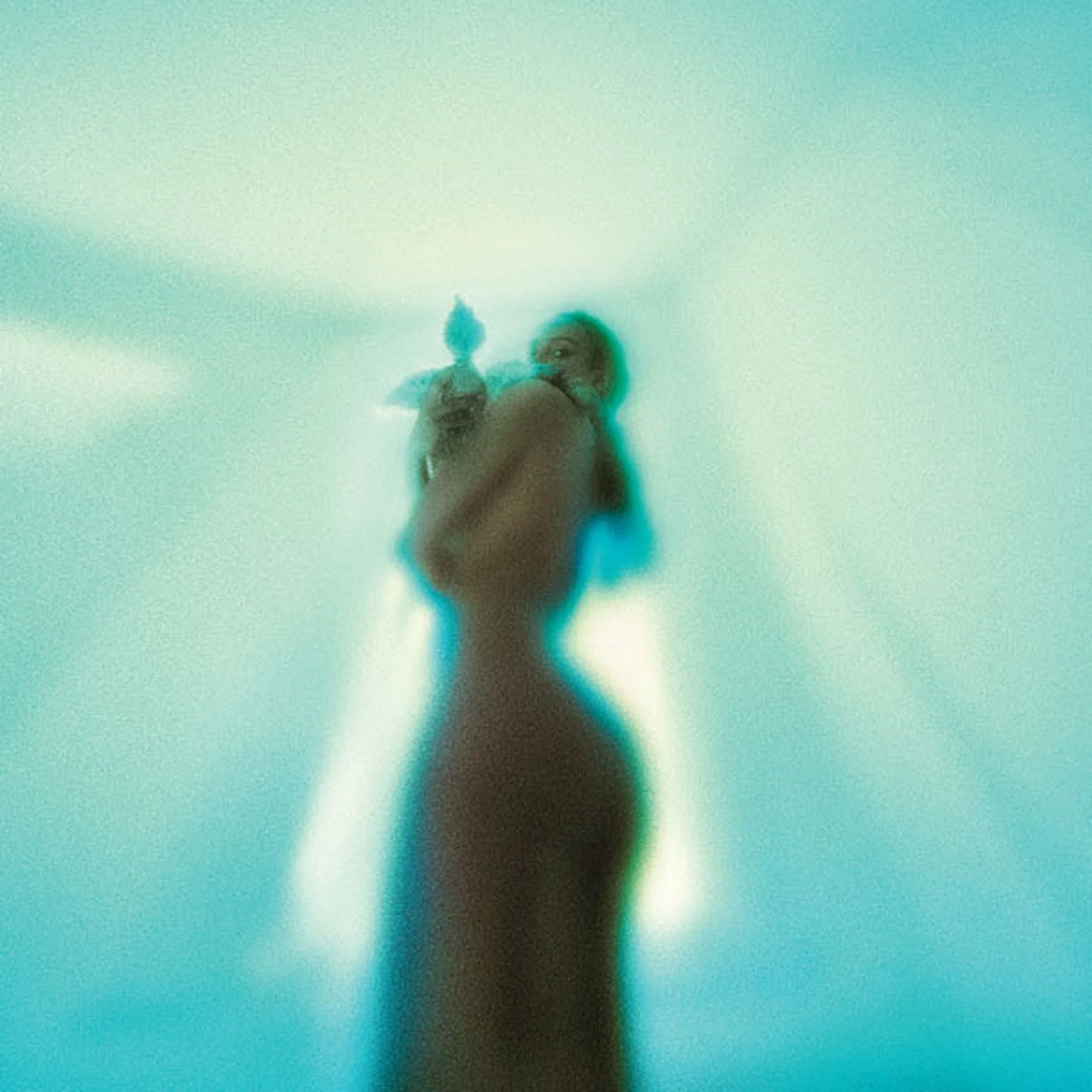Meet Tony Price: Nighttime Connoisseur, Greektown Businessman and Media Archivist
Tony Price via Streets of Toronto
Toronto producer, engineer and DJ Tony Price conjures a steamy dancefloor on his album Street Theatre. Supporting Montreal’s Marie Davidson launching her City of Clowns record, Price’s recent Street Theatre micro tour unveiled his 6th long-player to audiences in Ottawa and Toronto.
In one act, the performance of Street Theatre at Ottawa’s Club SAW starred Tony Price as the enigmatic nightclub switchboard operator. Alongside an ensemble of various equipment, from synthesizers and mixers to a trusty Ableton Push, Price takes cues from the monolithic influences of midwestern house and Motor City techno to interlace metallic beatwork and shadowy rhythms with the whispers and sweet nothings from his Street Theatre cast of acapella vocal samples. For a moment onstage, the contour of Price’s concentrated expression was illuminated by the beaming reflection of a silver boombox, much like the abstract figure on the Street Theatre album cover. With this image etched into my mind, I approached Price in Club SAW’s courtyard after his set to set up an interview.
Street Theatre album cover via Maximum Exposure Bandcamp
Released earlier this spring on Price’s own label Maximum Exposure Inc., Street Theatre evokes the atmosphere of a leather upholstered basement dive, featuring a revolving door of charismatic and browbeating clientele in hushed conversation under red lights. Price explains this pairing of sexy and sinister is by design: “I envisioned creating a type of performance that could lend itself to dancefloors and theatres, incorporating elements of the record, production and remixing on the fly.” In an effort to challenge the reflexes that come with being a seasoned DJ, Price says realizing Street Theatre in a live context tows a line between curating and improvising, with the ability to respond to the heat of an audience—much like a traditional DJ—with a myriad of endlessly interchangeable sonic elements. “DJing is more like journalism than literature. You’re taking sources and you’re stitching them together to make an argument, as opposed to taking these abstract visions that you have in your head and turning them into words,” he muses.
Tony Price performing at Club SAW, photo by Ming Wu
Much of Street Theatre’s personality reminisces and reinvents Price’s urban surroundings. As a third-generation resident and small business owner of Toronto’s Greektown neighborhood, Price’s childhood stomping grounds have an everlasting influence on his sound.
“Growing up in a metropolis—being downtown, riding the subway as a child—you meet characters. There’s an intrigue with the darkness of city life—the bizarre interactions, underground casinos, feelings of fear. I don’t know why, but I associate these experiences with house music. I try to capture that essence in my work, while also paying homage to a specific era of music coming out of midwestern America where post-punk met synthesizers in a way that reshaped how you could use technology in music. It almost reminds me of neon spray paint—it has a highly toxic, almost nuclear energy. [With Street Theatre] I was trying to tap into that, or rather, it was trying to tap into me.”
While Price recognizes that the Toronto he grew up in was “a very different place than it is now,” he attributes coming of age in the wake of the city’s underground dance music culture to his everlasting fascination with summoning a “nighttime atmosphere.” He recalls how Toronto’s proximity to New York, Detroit and Chicago—and thus its tastemakers—undoubtedly influenced the nightclub scene in the 80s, and had a profound impact on the generations that followed. In parallel to this, Price says that his family’s tapes of radio shows from disk jockeys hailing as far as Florida had an enormous influence on his musical and aesthetic palate.
“My aunts and uncle would drive down to Florida to visit my grandmother often and tape the radio down there. I grew up listening to tapes upon tapes of freestyle music from a station called Power 96. The cartoonish, or ridiculous, DJ voiceovers were mesmerizing to me as a kid, and I’ve found myself revisiting these radio shows taped by my family, as well as archives of other stations from Chicago, Detroit and so on. These recordings are the most astounding, mysterious cultural artifacts that I think need to be preserved for the aliens that find us,” laughs Price.
Tony Price for East Room by Dani Aphrodite
It may be surprising that Price cut his teeth playing Band Music™ in his teens and 20s considering his dark, danceable discography and accompanying NTS radio show. A self-taught guitarist, Price was a fixture in the Toronto music scene as the vocalist and rhythm guitarist of garage rock band Actual Water. Likewise, Price says he “has been lucky enough to have [artists] trust [him] as a producer since [he] was quite young.” His musical resume, from performance to technical production, includes collaborations with fellow Toronto artists U.S. Girls, Jane Inc., and Tess Parks, among others.
Though Price has cited “falling out of love” with playing guitar, it has remained integral to his craft: “My guitar is my musical GPS system, my map. When it comes to trying to figure out where I’m going in terms of finding scales, chords and melodies, I always use it, even when I’m making dance music.”
Price’s attachment to his guitar comes from his infatuation with 1960s rock n’ roll and its volatile energy. The “bizarre edginess” preserved on the earliest rock n’ roll recordings is a spirit that Price strives to emulate through his artistic output: “No matter what it is that I’m doing, if I’m involved with music-making, I’m always going to try and reduce things down to their core essence and inflate it,” says Price. “I'm spellbound and mesmerized by record production, and how ideas can be solidified into pieces of wax or digital code that stick with people throughout their entire lives because of how they feel to listen to it over and over. And that’s something that will never change when it comes to this format or this art form, you know? I’ve always understood that is what I want to do, or what I have to do in this life,” he adds.
This mentality gave rise to Maximum Exposure Inc., Price’s music-focused production company, record label, and consulting agency, in 2017. Frustrated with the pressures to market his music in the same digital landscapes responsible for the “death of music journalism” and the “atomization of discourse”, Maximum Exposure is an aesthetic universe created to situate Tony Price, without him having to become a so-called influencer, for more than what he considers as “part of the job.”
Via Maximum Exposure Inc.
At the end of our conversation, I revisited my memory of Price’s show at Club SAW, now making sense of his observer-like behaviour; hand on chin, meandering backward from his rig. Unlike other players—DJs if you will—Price chooses not to indulge in the limelight. Whether in a live context, on the NTS e-waves, or through his records, Tony Price is the conduit for all that embodies the nucleus of the Maximum Exposure universe. He isn’t a rockstar. He isn’t an artistic director. I’m now beginning to wonder if we are all merely a part of his unfolding rhythmic experiment.
Pay no attention to the man behind the curtain.
Tony Price
Website | Instagram | NTS Radio Show
Zoë Argiropulos-Hunter (she/her) is the Co-Founder and Managing Editor of Also Cool Mag. Aside from the mag, she is a music promoter & booker, and a radio host & DJ.







